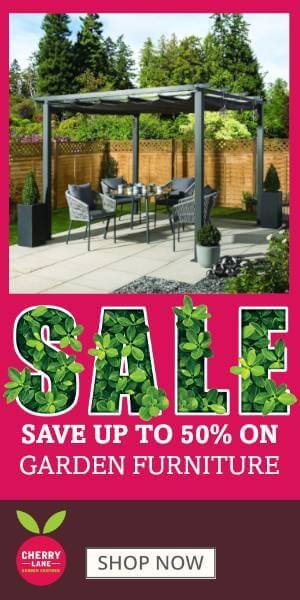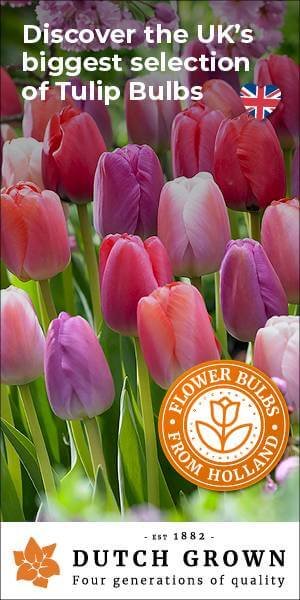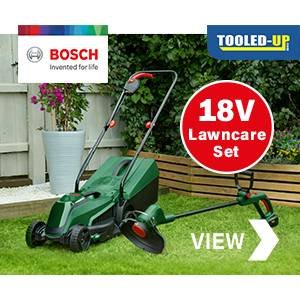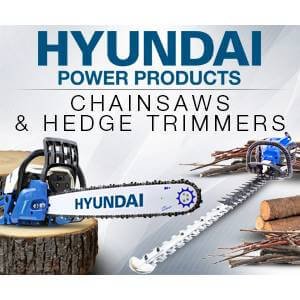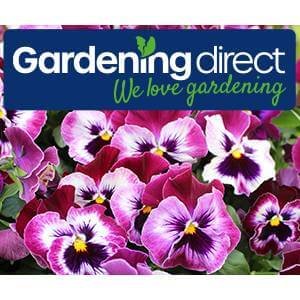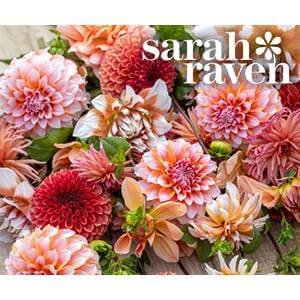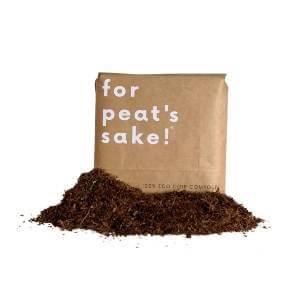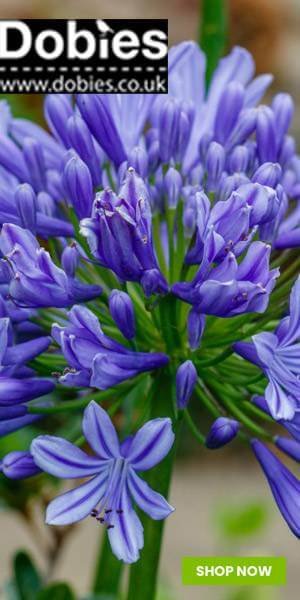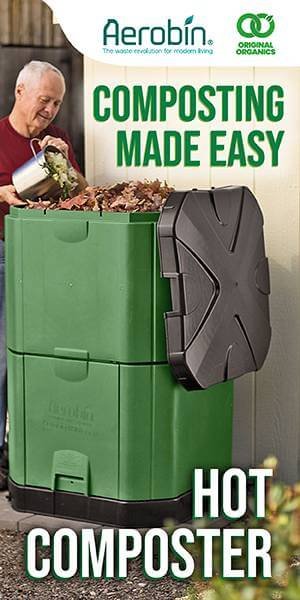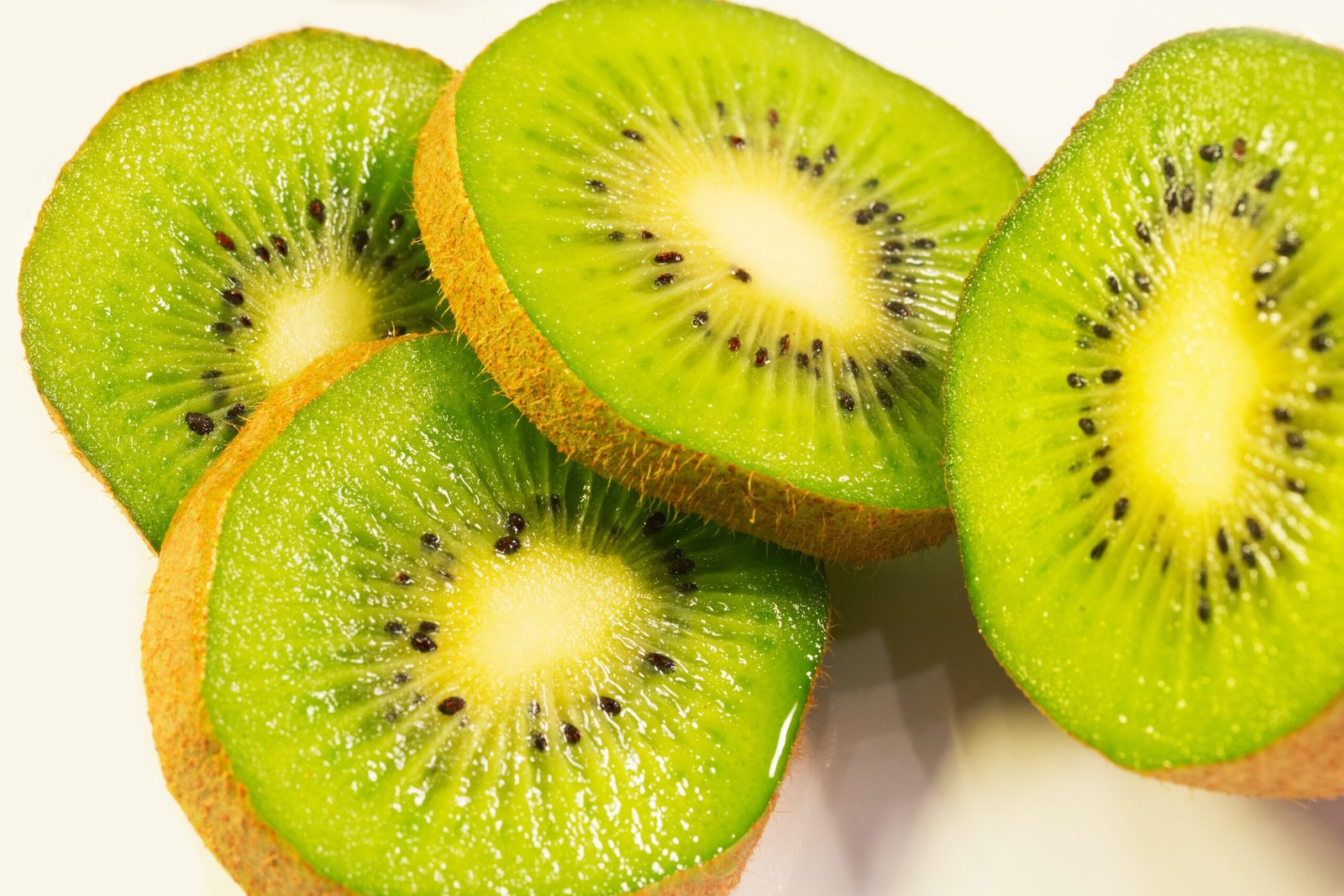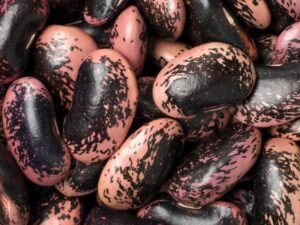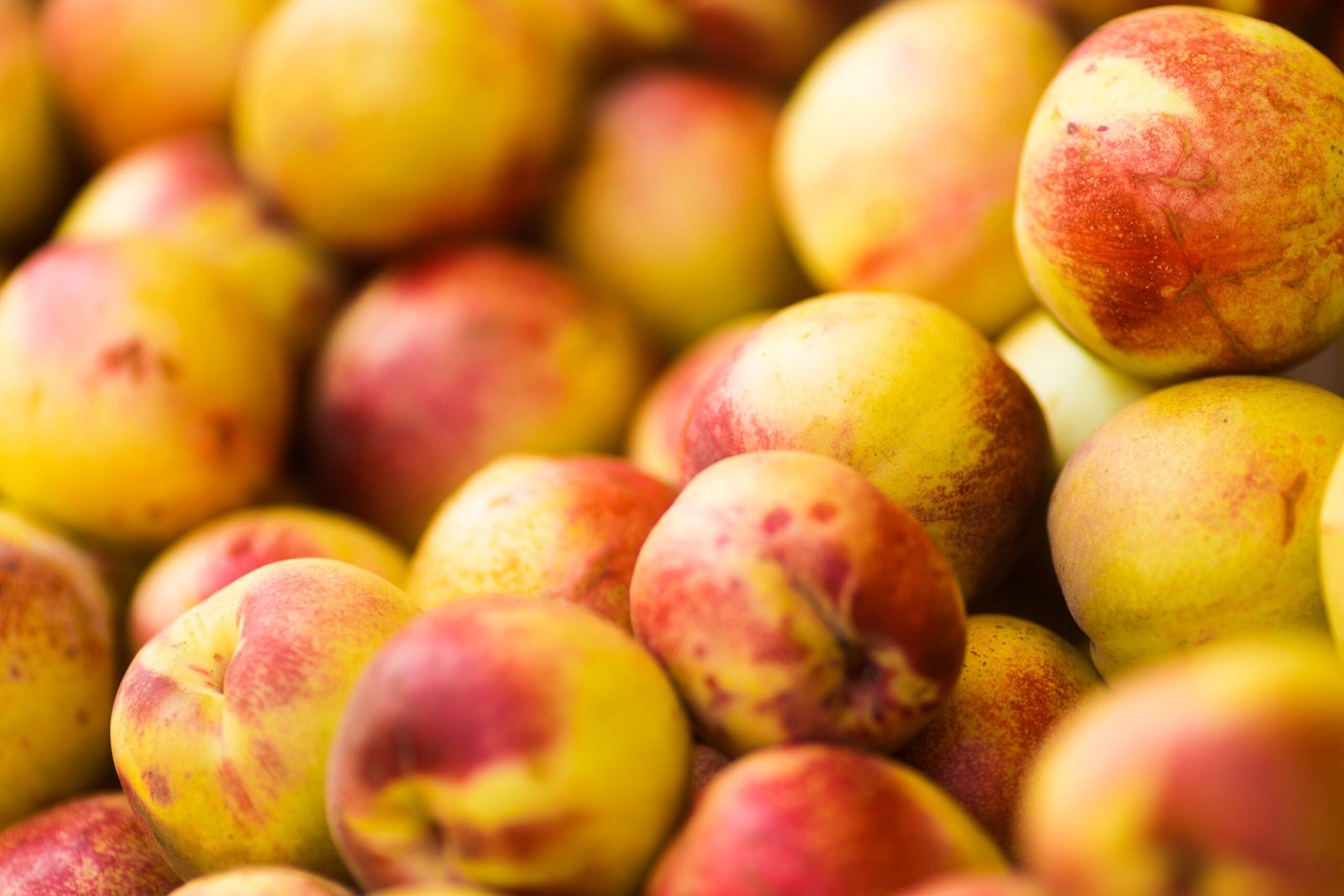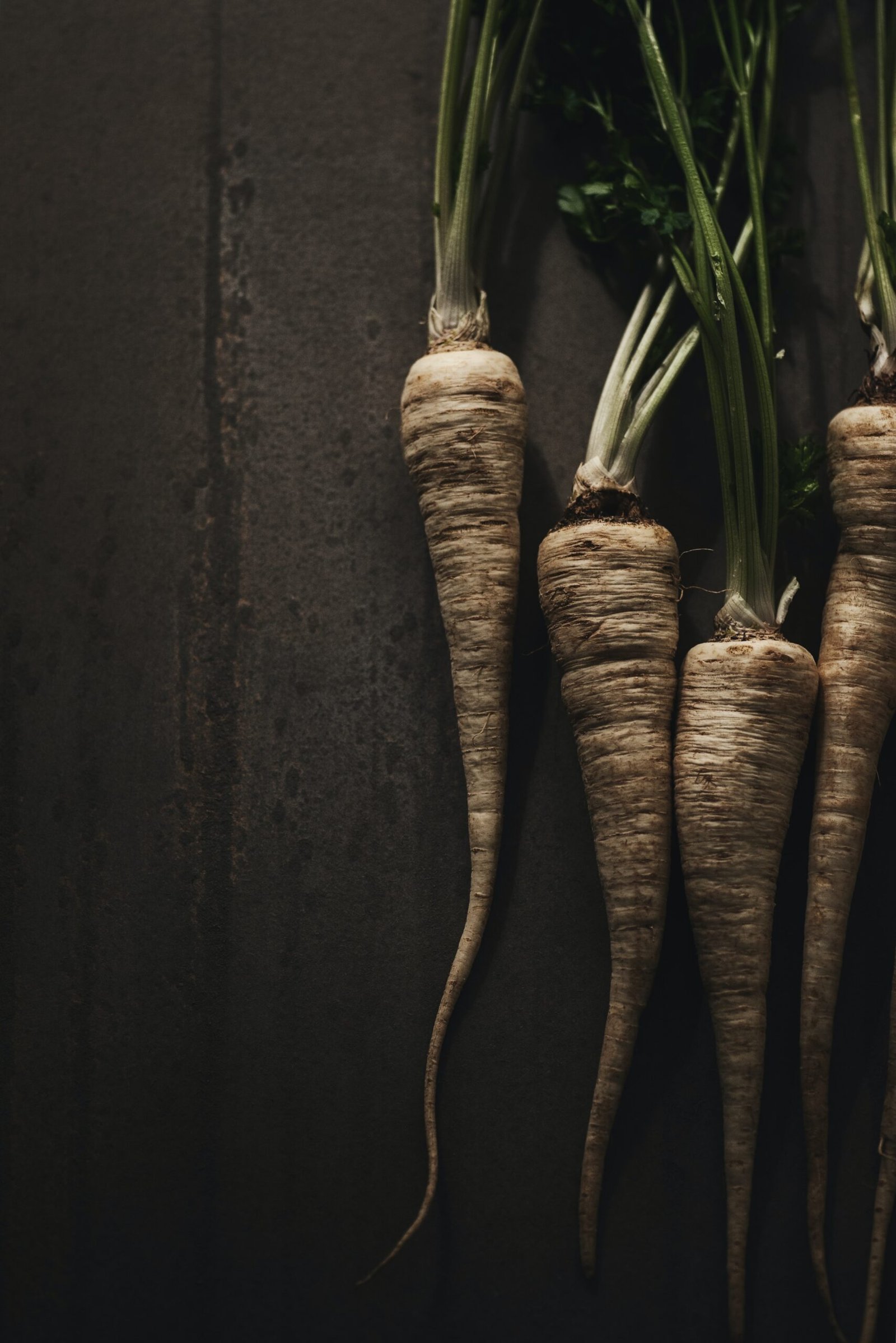The Basics of John Innes Compost Explained
John Innes compost, a staple in British gardening, has been a trusted choice for generations of green-thumbed enthusiasts. This versatile growing medium, developed by the John Innes Horticultural Institute, offers a range of specially formulated mixes to suit various plants and gardening needs. Its reputation for quality and consistency has made it a favourite among both amateur and professional gardeners alike. In this article, we’ll delve into the fascinating history of John Innes compost, explore its unique characteristics, and provide practical tips on how to use it effectively in your garden. Keep reading to discover why this classic compost remains a top choice for cultivating healthy, thriving plants.
Key Takeaways
- John Innes compost is a trusted growing medium with a rich history in British gardening
- The compost comes in different formulations for various plant needs and growth stages
- John Innes compost offers balanced nutrition and optimal growing conditions for plants
- Alternatives to John Innes compost include peat-free options and homemade organic mixes
- John Innes compost is widely available in garden centres, DIY stores and online marketplaces
Understanding the History of John Innes Compost

John Innes compost, a staple in British gardening, has a rich history dating back to the early 20th century. This renowned growing medium was developed at the John Innes Horticultural Institution in London, with the aim of creating a standardised, high-quality potting mix for gardeners. As its reputation for producing healthy, vigorous plants spread, John Innes compost quickly became the gold standard for both amateur and professional horticulturists across the UK.
The Origins and Development of John Innes Compost
The development of John Innes compost began in the 1930s at the John Innes Horticultural Institution in Merton, London. Researchers at the institution sought to create a standardised growing medium that would provide consistent results for gardeners and horticulturists.
The team, led by William Lawrence and John Newell, conducted extensive experiments to determine the optimal mix of ingredients. Their work resulted in the creation of several formulations, each tailored to specific plant needs and growth stages:
- John Innes Seed Compost
- John Innes Potting Compost No. 1
- John Innes Potting Compost No. 2
- John Innes Potting Compost No. 3
The success of John Innes compost led to its widespread adoption throughout the UK gardening community. Its popularity has endured for decades, with many gardeners still preferring it over modern alternatives due to its proven track record and consistent performance.
How It Became the Gold Standard for Gardeners
John Innes compost gained its reputation as the gold standard for gardeners due to its consistent quality and exceptional results. The carefully formulated mix of loam, peat, and sand, enriched with balanced nutrients, provided an ideal growing medium for a wide range of plants. This consistency allowed gardeners to achieve reliable results across various horticultural applications.
The compost’s versatility and adaptability to different plant needs further cemented its status among gardeners. With multiple formulations available, each tailored to specific growth stages or plant types, John Innes compost offered a comprehensive solution for nurturing healthy plants from seed to maturity.
As word spread about the compost’s effectiveness, it quickly became the preferred choice for both amateur and professional gardeners across the UK. The trust built over decades of successful use has ensured John Innes compost’s enduring popularity, even in the face of newer alternatives:
| Decade | Milestone |
|---|---|
| 1930s | Development of John Innes compost |
| 1940s-1950s | Widespread adoption in UK gardens |
| 1960s-1980s | Established as the gold standard |
| 1990s-Present | Continued popularity despite new alternatives |
What Makes John Innes Compost Unique

John Innes compost stands out from other growing media due to its carefully balanced composition and time-tested formula. This unique blend of ingredients, developed through extensive research, provides an optimal environment for plant growth. Understanding the key components of John Innes compost and their specific benefits to plants helps gardeners appreciate why this growing medium has remained a favourite for decades. From its nutrient-rich loam base to its precise pH balance, each element plays a crucial role in supporting healthy plant development.
Key Ingredients Found in This Type of Compost
John Innes compost comprises a carefully balanced mixture of loam, peat, and sand. Sterilised loam, derived from nutrient-rich topsoil, forms the foundation of the compost, providing essential minerals and beneficial microorganisms. This loam base distinguishes John Innes compost from peat-based alternatives, offering superior water retention and nutrient-holding capacity.
Peat moss, a key component of the mix, enhances moisture retention and aeration. Sand improves drainage and prevents soil compaction, ensuring optimal root development. These primary ingredients work together to create an ideal growing medium that supports healthy plant growth throughout various stages of development.
In addition to the base components, John Innes compost incorporates carefully measured quantities of fertilisers. These typically include hoof and horn meal, superphosphate, and potassium sulphate, which provide a balanced supply of nitrogen, phosphorus, and potassium. The precise formulation of these nutrients varies between different John Innes compost types, catering to specific plant requirements at different growth stages.
The Benefits These Components Bring to Plants
The unique blend of components in John Innes compost provides a range of benefits to plants. The loam base offers excellent water retention and nutrient-holding capacity, ensuring plants have access to essential elements throughout their growth cycle. This stable environment promotes strong root development and overall plant health.
Peat moss in the mixture enhances moisture retention while improving soil structure. It creates air pockets that allow roots to breathe and expand freely. The sand component facilitates drainage, preventing waterlogging and root rot, which are common issues in heavy soils.
The carefully balanced fertilisers in John Innes compost provide plants with a steady supply of nutrients. This balanced nutrition supports healthy growth, vibrant foliage, and abundant flowering or fruiting, depending on the plant type. The benefits of these components contribute to the compost’s reputation for producing robust, thriving plants:
- Improved water retention and drainage
- Enhanced soil structure and aeration
- Balanced nutrient supply for sustained growth
- Promotion of strong root development
- Support for overall plant health and vigour
Different Types of John Innes Compost Explained

John Innes compost comes in several distinct formulations, each designed to cater to specific plant needs and growth stages. Understanding the differences between these mixes is crucial for gardeners looking to achieve optimal results. From the fine-textured seed compost to the nutrient-rich No. 3 mix, each type offers unique benefits for various horticultural applications. By selecting the appropriate John Innes compost for their specific gardening requirements, enthusiasts can provide their plants with the ideal growing environment, promoting healthy growth and bountiful yields.
Breaking Down the Numbers: Seed, No.1, No.2, and No.3 Mixes
John Innes Seed Compost boasts a fine texture ideal for germinating seeds and nurturing young seedlings. This mix contains less nutrients than other formulations, preventing damage to delicate young roots whilst promoting healthy initial growth.
John Innes No. 1 Compost suits young plants and rooted cuttings, offering a gentle nutrient boost. No. 2 Compost provides a medium-strength fertiliser mix for established plants in pots or containers. No. 3 Compost, the most nutrient-rich formulation, caters to mature plants, hungry feeders, and long-term container plantings.
Each John Innes compost type maintains the same base ingredients but varies in nutrient content and particle size. This gradual increase in nutrient strength allows gardeners to select the most appropriate mix for their plants’ specific growth stage and nutritional requirements.
Choosing the Right Mix for Your Gardening Needs
Selecting the appropriate John Innes compost mix depends on the specific needs of your plants and their growth stage. For seed sowing and propagation, John Innes Seed Compost provides the ideal fine texture and low nutrient content. As plants mature, gardeners can transition to progressively stronger mixes to support their growing nutritional requirements.
Container plants benefit from different John Innes mixes based on their size and longevity. No. 1 Compost suits small pots and short-term plantings, while No. 2 Compost works well for medium-sized containers and seasonal displays. For large pots, long-term plantings, or nutrient-demanding species, No. 3 Compost offers the highest fertiliser content to sustain healthy growth.
Gardeners should consider factors such as plant type, pot size, and intended growing duration when choosing a John Innes mix. By matching the compost to the specific needs of their plants, enthusiasts can create optimal growing conditions that promote vigorous growth, abundant flowering, and bountiful harvests.
How to Use John Innes Compost Effectively in Your Garden

John Innes compost offers gardeners a versatile growing medium suitable for various applications. To use it effectively, gardeners should first identify the appropriate mix for their specific needs, considering factors such as plant type and growth stage.
When using John Innes compost for container gardening, ensure proper drainage by adding a layer of gravel or broken pottery shards at the bottom of the pot. Fill the container with the chosen John Innes mix, leaving adequate space at the top for watering.
For seed sowing, use John Innes Seed Compost to create an ideal environment for germination. Fill seed trays or small pots with the fine-textured mix, sow seeds according to their specific requirements, and maintain consistent moisture levels.
When potting up or repotting plants, select the appropriate John Innes mix based on the plant’s size and nutritional needs. Gently tease out the roots of the plant before placing it in the new container and backfilling with compost.
To maintain the effectiveness of John Innes compost, follow these best practices:
- Water plants regularly, allowing excess water to drain freely
- Feed plants with additional fertilisers as needed, particularly for long-term container plantings
- Monitor soil moisture levels and adjust watering frequency accordingly
- Repot plants annually or as required to refresh the growing medium
- Store unused compost in a cool, dry place to maintain its quality
Other Compost Brands

While John Innes compost remains a popular choice among UK gardeners, several other compost brands offer alternatives for various gardening needs. These brands have developed their own formulations to cater to different plant requirements and growing conditions.
Levington, a well-known name in the horticultural industry, produces a range of composts suitable for both amateur and professional gardeners. Their products include multipurpose compost, seed and cutting compost, and specialised mixes for specific plant types.
Westland, another prominent brand, offers a diverse selection of growing media. Their product line includes peat-free options, which appeal to environmentally conscious gardeners seeking sustainable alternatives. Westland composts often incorporate added nutrients and water-retaining agents to promote healthy plant growth.
Miracle-Gro, a widely recognised name in gardening products, produces various compost formulations designed for different applications. Their composts often feature enhanced nutrient content and moisture control properties to support vigorous plant development.
For organic gardeners, brands like Dalefoot and Carbon Gold offer peat-free, environmentally friendly compost options. These alternatives typically utilise sustainable materials such as bracken, wool, or biochar to create nutrient-rich growing media:
- Levington: Multipurpose and specialised composts
- Westland: Diverse range including peat-free options
- Miracle-Gro: Enhanced nutrient and moisture control formulations
- Dalefoot: Organic, peat-free composts using bracken and wool
- Carbon Gold: Biochar-based, environmentally friendly growing media
Where can I buy John Innes Compost?

John Innes compost is widely available throughout the UK, making it easy for gardeners to purchase this trusted growing medium. Garden centres and nurseries across the country typically stock various John Innes compost formulations, allowing customers to select the most appropriate mix for their needs.
DIY stores and home improvement shops often carry John Innes compost alongside other gardening supplies. These retailers frequently offer competitive prices and convenient shopping experiences for those seeking to buy larger quantities.
Online marketplaces and specialised gardening websites provide another avenue for purchasing John Innes compost. These platforms often offer a wide selection of compost types and sizes, with the added convenience of home delivery.
Many supermarkets and larger grocery stores now stock gardening essentials, including John Innes compost, especially during peak gardening seasons. This availability makes it convenient for shoppers to pick up compost during their regular shopping trips.
For those seeking bulk quantities or specialised formulations, agricultural suppliers and horticultural wholesalers may offer John Innes compost at competitive prices. Gardeners can explore various purchasing options to find the best deal and most convenient source for their John Innes compost needs:
- Garden centres and nurseries
- DIY stores and home improvement shops
- Online marketplaces and gardening websites
- Supermarkets and grocery stores
- Agricultural suppliers and horticultural wholesalers
Alternatives to compost when gardening

While John Innes compost remains a popular choice for gardeners, several alternatives exist for those seeking different options. These alternatives range from natural soil amendments to synthetic growing media, each offering unique benefits for plant growth and development.
Perlite and vermiculite serve as lightweight soil additives that improve drainage and aeration. Gardeners often mix these materials with potting soil or use them as standalone growing media for specific plant types, such as succulents or orchids.
Coco coir, derived from coconut husks, has gained popularity as an eco-friendly alternative to peat-based composts. This renewable resource offers excellent water retention properties and can be used alone or blended with other materials to create custom growing mixes.
For those preferring organic options, homemade compost provides a nutrient-rich growing medium. Gardeners can create their own compost using kitchen scraps, yard waste, and other organic materials, resulting in a sustainable and cost-effective alternative to commercial composts.
Hydroponic growing systems offer a soil-free alternative for cultivating plants. These systems use nutrient-rich water solutions to support plant growth, eliminating the need for traditional growing media altogether:
| Alternative | Key Benefits | Best Suited For |
|---|---|---|
| Perlite/Vermiculite | Improved drainage and aeration | Succulents, orchids |
| Coco coir | Eco-friendly, good water retention | General potting, soil amendment |
| Homemade compost | Nutrient-rich, sustainable | Organic gardening, soil improvement |
| Hydroponic systems | Soil-free, efficient nutrient delivery | Indoor gardening, commercial growing |
Frequently Asked Questions
What is John Innes compost and why is it popular among gardeners?
John Innes compost is a premium, soil-based growing medium favored by gardeners for its consistent quality and balanced nutrient content. It’s available in different formulations, each tailored to specific plant needs, making it versatile for various gardening applications, from seed sowing to container planting.
How many types of John Innes compost are there?
There are typically four main types of John Innes compost available in the UK: John Innes No. 1, No. 2, No. 3, and John Innes Seed Compost. Each type is formulated for different stages of plant growth and specific gardening needs.
Can John Innes compost be used for all types of plants?
John Innes compost is versatile and suitable for many plants, but not all. It’s ideal for potted plants, vegetables, and flowering plants. However, some acid-loving plants like rhododendrons and camellias may prefer specialized ericaceous compost for optimal growth.
Are there any alternatives to John Innes compost for gardening?
Yes, there are several alternatives to John Innes compost for gardening. These include peat-free multipurpose compost, coir-based compost, wood fiber compost, and homemade compost. Each option offers different benefits and is suitable for various gardening needs, depending on the plants and growing conditions.
Where can I purchase John Innes compost in the UK?
John Innes compost is widely available in the UK from garden centres, DIY stores, and online retailers. Popular options include B&Q, Homebase, and Wickes, as well as specialist gardening websites like Primrose and Thompson & Morgan. Local nurseries often stock it too.
Conclusion
John Innes compost remains a cornerstone of British gardening, offering a carefully balanced growing medium that supports healthy plant growth. Its rich history and proven track record have established it as a trusted choice for both amateur and professional gardeners. The various formulations cater to different plant needs and growth stages, allowing gardeners to select the most appropriate mix for their specific requirements. By understanding the unique properties and applications of John Innes compost, gardeners can harness its benefits to achieve thriving plants and bountiful harvests in their gardens.


